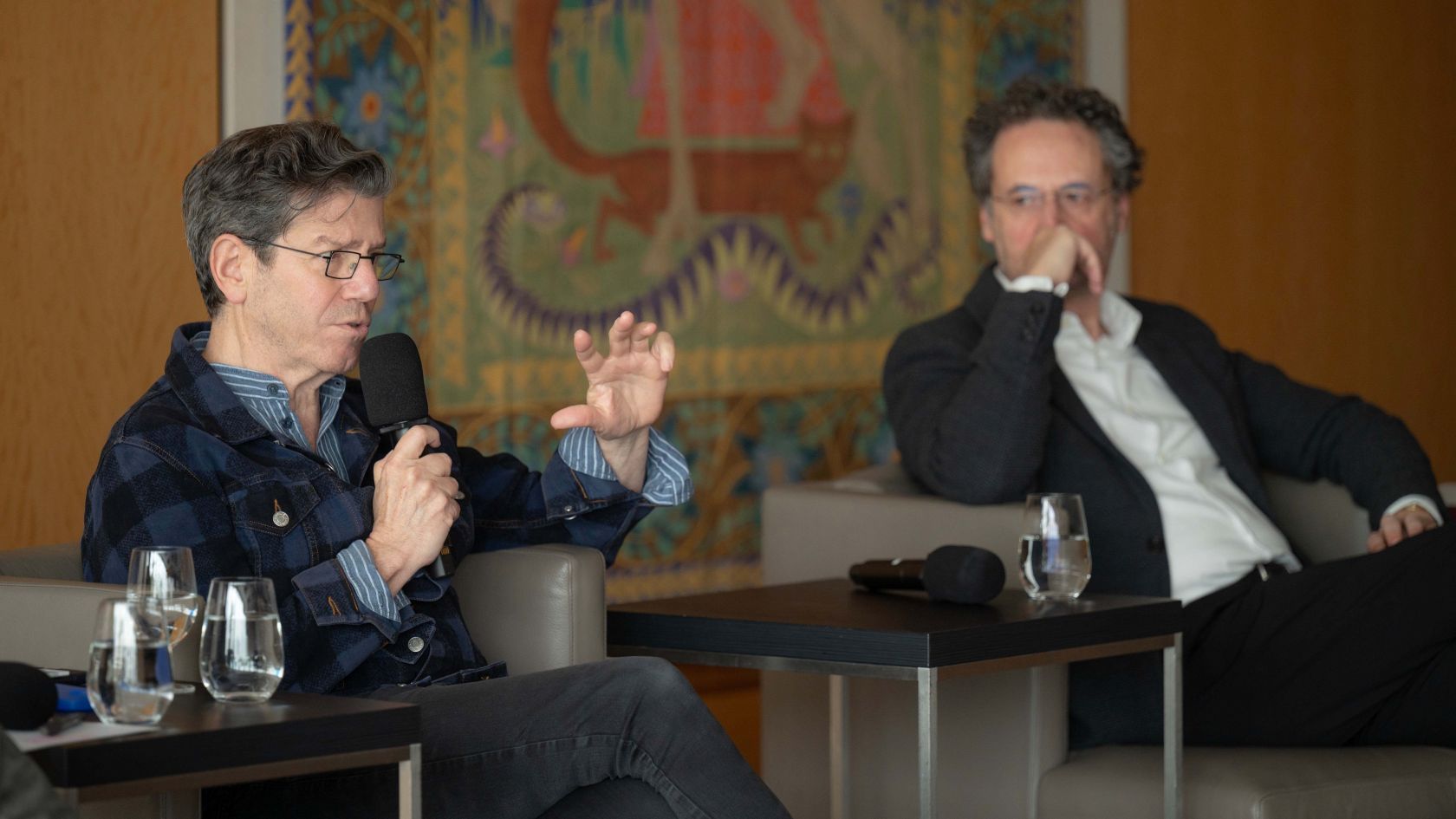Mozart treats his characters with a lot of love.”
Rehearsals for Wolfgang Amadeus Mozart’s La clemenza di Tito have been going on for about three weeks.
Gianluca Capuano conducts his first Mozart opera and his sixth opera production in Salzburg. To him, Clemenza is an ambivalent piece – on the one hand, a homage to the heyday of Metastasian opera seria, on the other, modern and forwardlooking. The libretto had been set to music forty times already in the year it was written, 1791, when Mozart tackled it, reviving the almost-forgotten era of large-scale secco recitatives and da capo arias for castratos one last time.
In contrast, Capuano sees modern aspects in the formal structure and harmonics: “The finale of Act I has almost proto-romantic, trend-setting aspects. At the end of his life, Mozart here experiments with form,” Capuano characterized the music, explaining: “With the exception of the large three-part aria in Act II, the arias are severely curtailed in comparison to Metastasio’s original version; Mozart is able to express himself within a comparatively compressed space and with great brevity”. Furthermore, he described how Mozart was experimenting – both in Sesto’s long aria in Act II and that of Vitellia at the end of the opera – with a solo instrument in the form of clarinet resp. basset horn. Capuano has identified further progressive elements: “In Act I, there is a very fast trio, then immediately a large accompagnato recitative by Sesto, then straight into the finale. That is totally modern. As is the fact that he begins the opera with a duet.”
The very long recitatives, some of them written by Mozart’s student Süßmayr due to lack of time, have been shortened, some of them significantly, Capuano added. Otherwise, the original libretto was completely reworked: Mozart’s Clemenza contains surprisingly many trios, while Metastasio only prescribed recitatives and arias. What remains as a reminiscence of the old days is the role of Sesto, written for a castrato. “The role demands a range of more than two octaves, which makes it very hard to sing, even today,” Capuano declared.
Director Robert Carsen emphasized how much he welcomes the opportunity provided in Salzburg of working in a focused manner with highly qualified colleagues such as Cecilia Bartoli and outstanding singers, dedicating a lengthy period of time to only one work. In his opinion as well, the spirit of change is in the piece’s DNA. Even at Mozart’s time, the context and focus of the work had changed significantly. In terms of form, the number of characters had almost been halved, compared to the original libretto. Even at the time, the question assumed central importance: what makes good government? As a director, he approaches the piece from this angle: “To me, the question of the right political action is in the foreground. It’s about power, which Vitellia claims for herself, given the background of her own trauma. By marrying Tito, she wants to regain the social standing she has lost.” His decision to marry Servilia means she is passed over a second time. As a liberal humanist, Tito is not out to shore up his own government, but he cares about the demands the people make of the state. He feels compelled to ignore legal precepts. “I think this opera can be interpreted differently, depending on one’s view of different political situations. The most important question is: what do we expect from politics?” said Carsen, with reference, for example, to the current political situation in the USA. Alluding to this, he also pointed out that Tito is also a character who is grateful for the truth he is confronted with, and tries – unlike many in the age of so-called “fake news” – to deal with it in a responsible manner.
Another aspect of the libretto that is important to Carsen is the reference to the historical character of Titus, who ruled at the time when Mount Vesuvius erupted, and who endeavoured – not least by investing his own money – to ameliorate the people’s suffering. Thus, Mozart makes it clear that Tito loves his people and is actively engaged in improving their lives. He sees allusions to Shakespeare here, whose works are often also about power – consider Richard III – and the question whether rulers have goals, and if they do, then which nature these goals have.
Carsen pointed out that La clemenza di Tito is an ambivalent work to him, which suits his personal attitude: “I value ambiguity. To me, it is not only the black-and-white contrasts, but also the shades of grey, the subtle notes of a piece, that are particularly interesting”. These are generally emphasized in Mozart’s operas: “Mozart treats his characters with a lot of love and esteem.”

